- Upgrade your defenses, not your anxiety. Let’s Talk! Contact Us
Accuracy at its heart
Global Forensics Expertise. Next-generation Investigation Techniques.
Digital Forensics
Our digital forensics services help to uncover digital evidence and provide insight...
Learn MoreMultimedia Forensics
Our multimedia forensics services help to uncover evidence from audio, video...
Learn MoreDocuments & Fingerprints
: Our document and fingerprint forensics services help to identify and authenticate...
Learn MoreDNA & Genetics
Our DNA and genetics forensics services help to identify and analyze DNA evidence...
Learn MoreDue Diligence & Audits
Our due diligence and Forensics audit services assist to uncover evidence of fraud...
Learn MoreInvestigations & Evaluations
Our investigation and evaluation services that involves a bottom-up approach...
Learn More

Testimonials
We take pride in providing top-notch cybersecurity and forensics services to our clients and are honored to have received such positive feedback from those we have worked with. Our clients' success stories and experiences serve as a testament to the quality of our services and our commitment to customer satisfaction. We hope that these testimonials give you a glimpse into the kind of results we can achieve for you and your organization.


LEARNING & DEVELOPMENT
Integrate local and cloud resources, protect user traffic and endpoints, and create custom, scalable network.
Digital forensics examiner will provide a detailed report that explains the: Processes taken in acquiring and securing the electronic evidence, Scope of the examination, Findings of the examination, Examiner’s conclusions. The examiner’s conclusions may be the most critical component of the final report. These conclusions are based upon the examiner’s expertise and experience in the field of Digital Forensics which often forms the basis for expert testimony in a court proceeding.
Deleted emails can be recovered in the majority of cases, but the possibilities of recovery vary depending on each case. Recovery depends purely on the type of email client (Outlook, Zoho, etc.) and how the server (Exchange, Lotus Notes, etc.) is configured. When emails are deleted from your Inbox there is still a chance that they reside on the server or in other areas of a computer. Digital forensics tools and methods allow for the data extraction and examination of email storage including information that had been previously deleted.
Depending on the Tampering / damage done by the internal team, a skilled forensics examiner may be able to retrieve some of the damaged evidence. However, this can be an arduous, time-consuming, and expensive process.
A forensics clone is an exact bit-for-bit copy of a piece of digital evidence. The cloned disk is the exact replica in terms of data stored in the original evidence drive. For example: Say you clone a 2Tb hard disk to another 2Tb hard disk, the data on both the source and the destination drive would be the same. Disk Imaging is the same concept as disk cloning but in imaging the data on the source drive is copied and compressed and kept as a soft copy image file.
Evidence can be found in many different forms: financial records, word processing documents, notes, accounts, passwords, spreadsheets, databases, e-mails, photos, movies, audio files, videos, cache thumbnails, etc. A lot of information is stored in a computer of which most users are unaware. A digital forensics examiner can usually tell what a computer was used for, when it was used, what the user has done on the Internet (and when), what are the USB devices connected, and recover much of what the user wrote, read, or viewed on the computer.
Metadata is data stored within a file’s structure that describes the file itself. While there are numerous possible types of information that can be stored as metadata, some of the more common include timestamps, creator/author information, camera information, last print time, last accessed time, last modified time, and last saved date.
High end forensics tools can be used to detect manipulation by examining the noise distribution, strong edges, lighting, and other pixel values of a photo. Watermarks can be used to establish the original creation of an image.
DNA paternity testing is an important tool available to prove or disprove a biological relationship for a child. DNA paternity tests are extremely accurate with 99.9% precision if a man is not a person’s biological father.
No. Identical twins share almost 100% of their genetic markers, and no genetic test can distinguish them.
Definitely, DNA testing can establish the relatedness of family members such as siblings, maternal lineage, male lineage or even grandparents. However, the percentage of conclusiveness might vary depending on the case.


© Copyright 2024 Proaxis Scitech Private Limited








Write a public review